Nationality Brazilian Name Mira Schendel | Role Artist | |
Occupation ArtistPainterSculptor Religion Catholic with Jewish heritage Spouse(s) Josep Hargesheimer (1941-1953); Knut Schendel (1960-1988) Children Ada Schendel (daughter) Died 1988, Sao Paulo, Sao Paulo, Brazil Artwork Untitled, Untitled (From the series Graphic Objects) Parents Ada Saveria Buttner, Karl Leo Dub | ||
Tateshots mira schendel
Mira Schendel (June 7, 1919 – July 24, 1988) was a Brazilian artist, considered one of the most significant Latin American artists of the 20th century. Best known for her drawings on rice paper, Schendel was a painter, a poet, and a sculptor.
Contents
- Tateshots mira schendel
- Mira schendel conference 2012 briony fer
- Early life
- Career
- Personal life
- Selected works and publications
- References
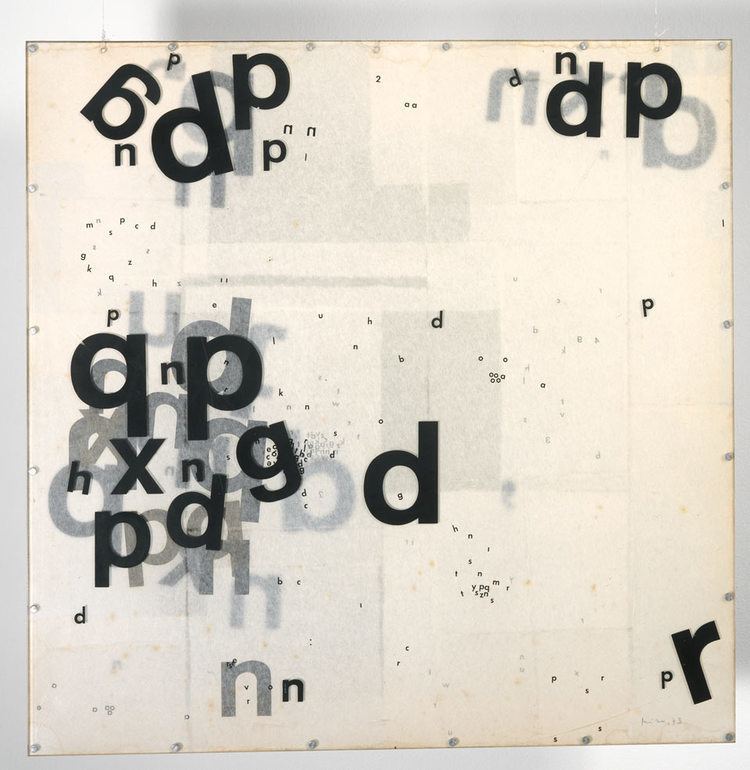
Mira schendel conference 2012 briony fer
Early life
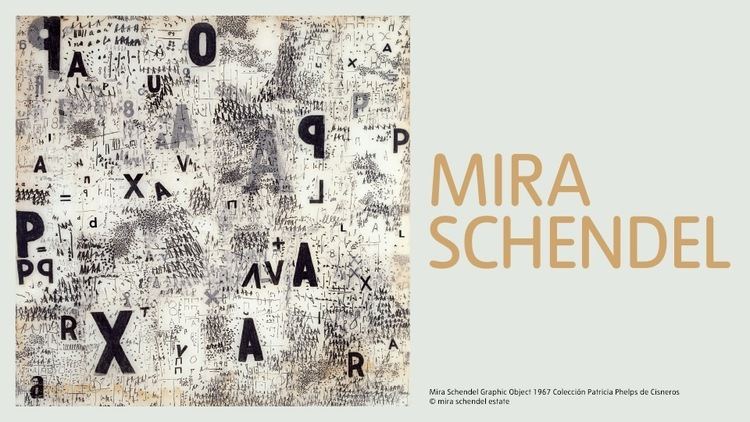
Mira Schendel was born Myrrha Dagmar Dub in 1919 in Zurich, Switzerland. Her father, Karl Leo Dub, was a fabric merchant, and her mother, Ada Saveria Büttner, was a milliner. Although she had Jewish heritage, Schendel was baptized at her mother's request at the Kirche St. Peter and Paul, a Catholic church in Zurich, on October 20, 1920 and was raised as a Roman Catholic. Schendel's parents divorced in September 1922, and her mother married Count Tommaso Gnoli in 1937. In the late 1930s, Schendel began to study philosophy at the Universita Cattolica del Sacro Cuore in Milan. Because of racial laws introduced in Fascist Italy in 1938, she was designated as Jewish, stripped of her Italian citizenship and forced to leave university, and so decided to flee Italy in 1939. After travelling through Switzerland and Austria, she joined a group of refugees heading to Sarajevo. After spending the war in Sarajevo, she returned to Italy, with her first husband Josep Hargesheimer, and worked for the International Refugee Organisation in Rome. Having applied to various countries in the Americas, in 1949 she emigrated and settled with Josep in Brazil.
Career
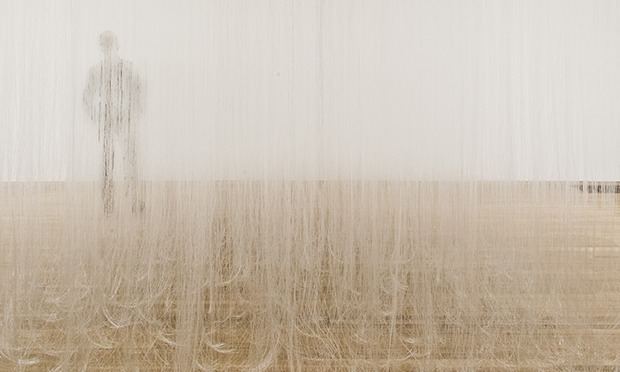
When she arrived in São Paulo in 1953, Brazilian modernism was dominated by a debate between figuration and abstraction. During the 1930s and 1940s figurative 'modernismo' had been dominant, but in the late 1940s and early 1950s abstract-geometric art began to be shown in Brazil and led to the founding of the Concrete art movement Ruptura in 1952. In São Paulo, an immigrant city that was industrial and undergoing rapid growth, Schendel found a circle of emigre intellectuals from different disciplines with whom she could discuss ideas about aesthetics and philosophy; this included the Czech-born philosopher Vilem Flusser, the physicist Mário Schenberg and the psychoanalyst Theon Spanudis among others. She became a prolific modernist painter and sculptor. She used paint with talc and brick dust, and made many drawings on rice paper. According to Laura Cumming her art has its sources in phenomenology, in the idea of being and nothingness, in mystical thinking and her deep reading of Wittgenstein. But the impact of these works does not depend upon the viewer sharing either that knowledge or those interests.
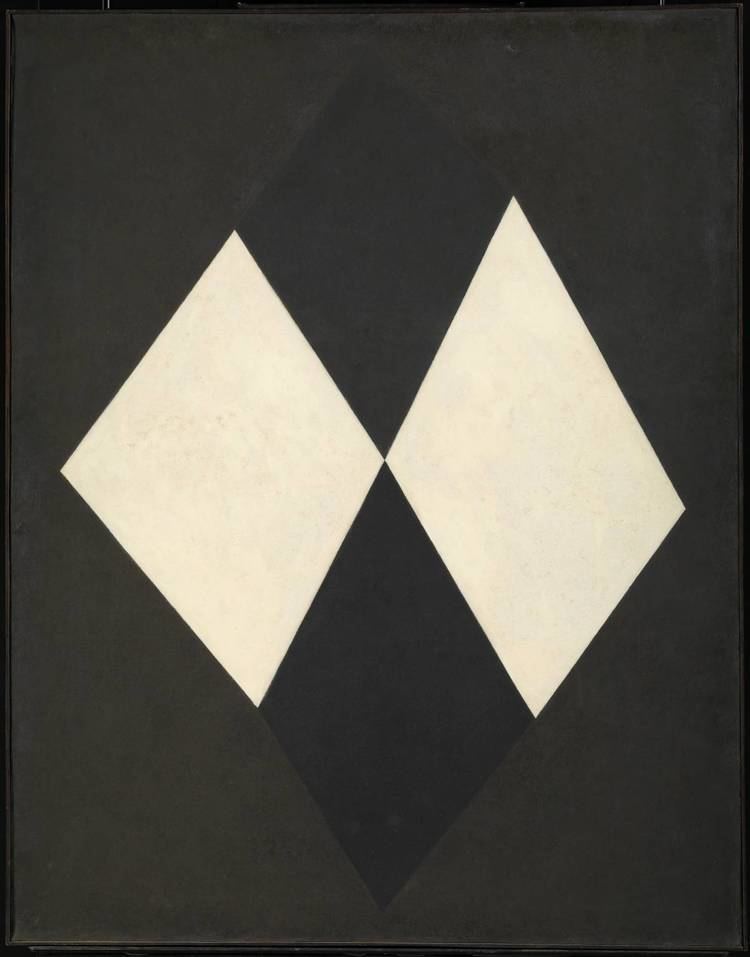
In the early 1960s, Schendel received a gift of rice paper from Mário Schenberg and in 1964 began to use this to make monotype drawings. She worked rapidly and in little over a year she had made the majority of approximately 2,000 drawings. In these works she also first combined multiple languages, using words and phrases from her principle spoken languages - Italian, German and Portuguese but also adding words in French, English, Croat and Czech. One important group of monotypes was inspired by Karlheinz Stockhausen's Song of the Youths (1955-6), an early piece of electronic music that employed vocals drawn from the Biblical Book of Daniel. A number of these were included in the 1965 São Paulo Bienal.
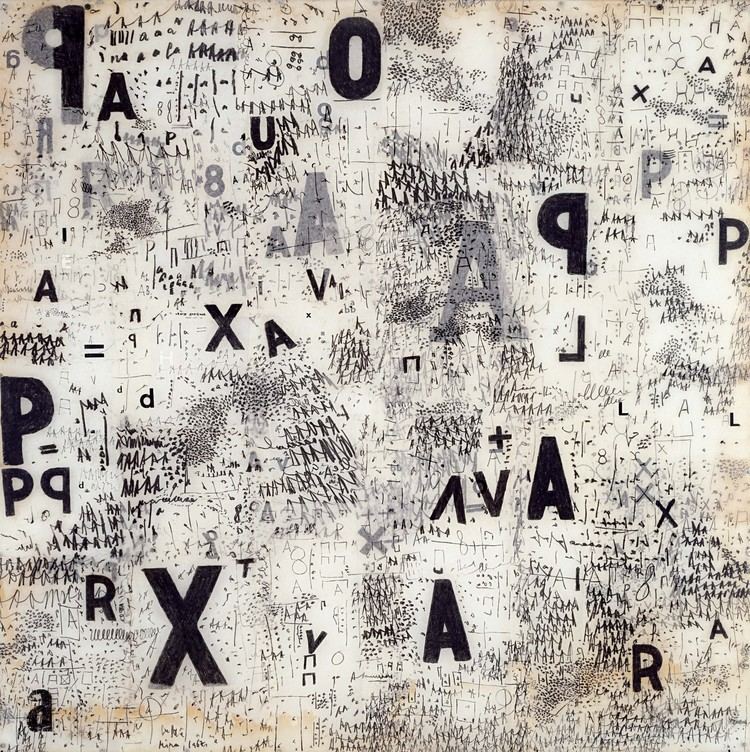
These drawings included Droguinhas (Little Nothings), c. 1965-68, Trenzinho (Little Train), 1965, and the Objetos graficos (Graphic objects), 1967.
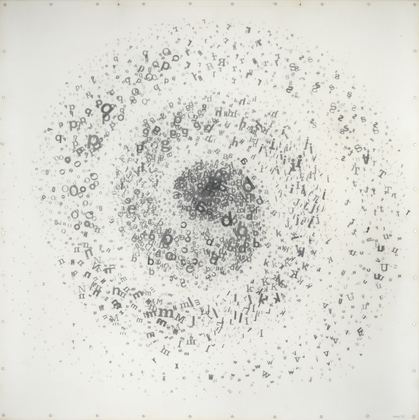
For the 1969 Bienal de São Paulo, Schendel created Ondas paradas de probabilidade—Antigo Testamento, Livro dos Reis, I, 19 (Still waves of probability—Old Testament, I Kings 19), an installation consisting of nylon thread and wall text on acrylic sheet which was Schendel's only work of an environmental nature.
Personal life
On April 19, 1941, Schendel married Josep Hargesheimer, a Catholic Croatian whom she met in Sarajevo. Schendel received a Croatian passport in 1944. In 1949, she and Hargesheimer emigrated to Brazil together. They lived in Porto Alegre but in 1953 Schendel separated from Josep and moved alone to São Paulo, where she settled. In 1954, she met Knut Schendel, a German emigre and owner of an important bookshop, Canuto, which was a hub for São Paulo's intellectuals. In 1957, Schendel and Knut had a daughter, Ada Clara Schendel. Mira Schendel married Knut on March 17, 1960.
She died at the age of sixty-nine in 1988 from lung cancer, in São Paulo.
Selected works and publications
Untitled Located in NYC part of Private Collection 1956*
Untitled Located in NYC part of Private Collection 1956
